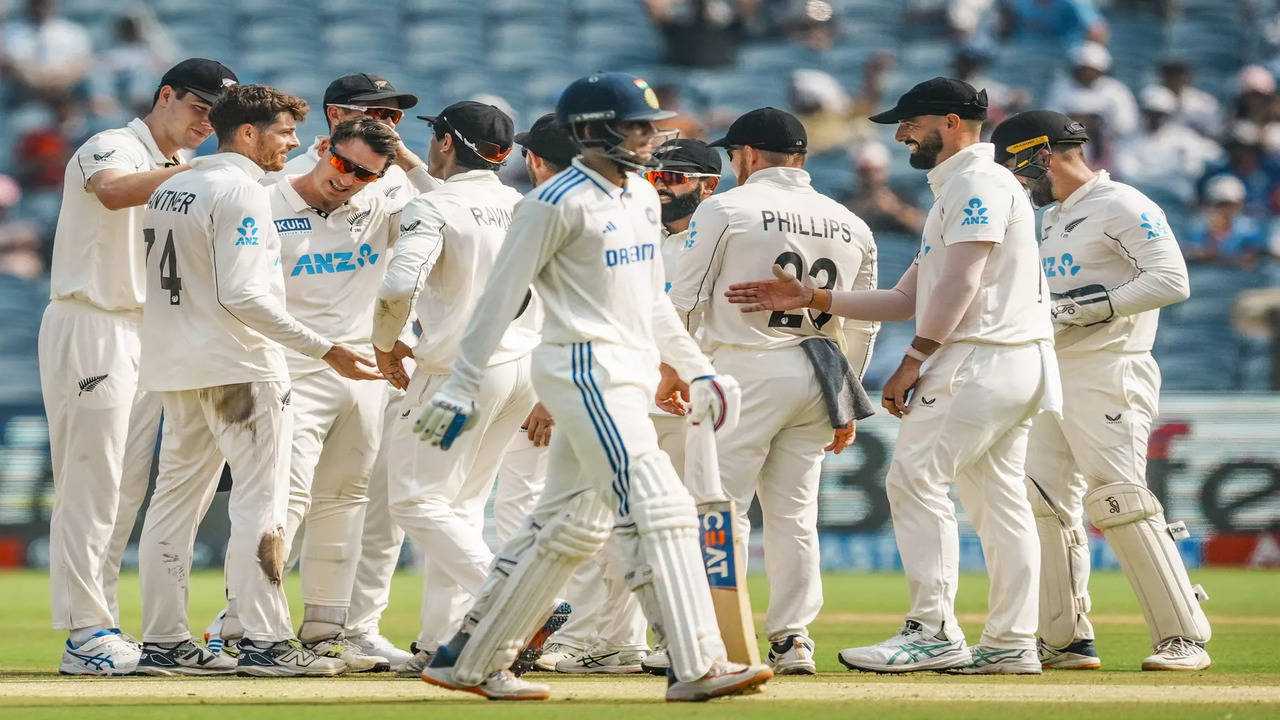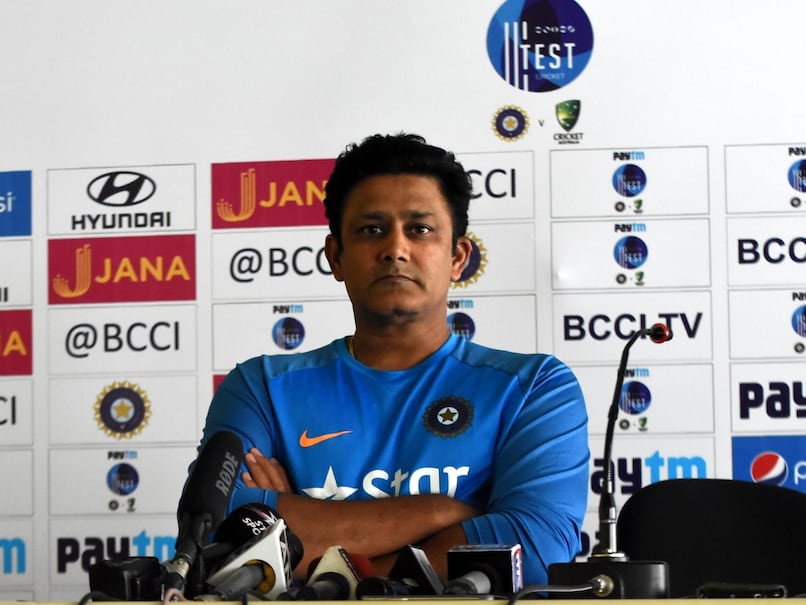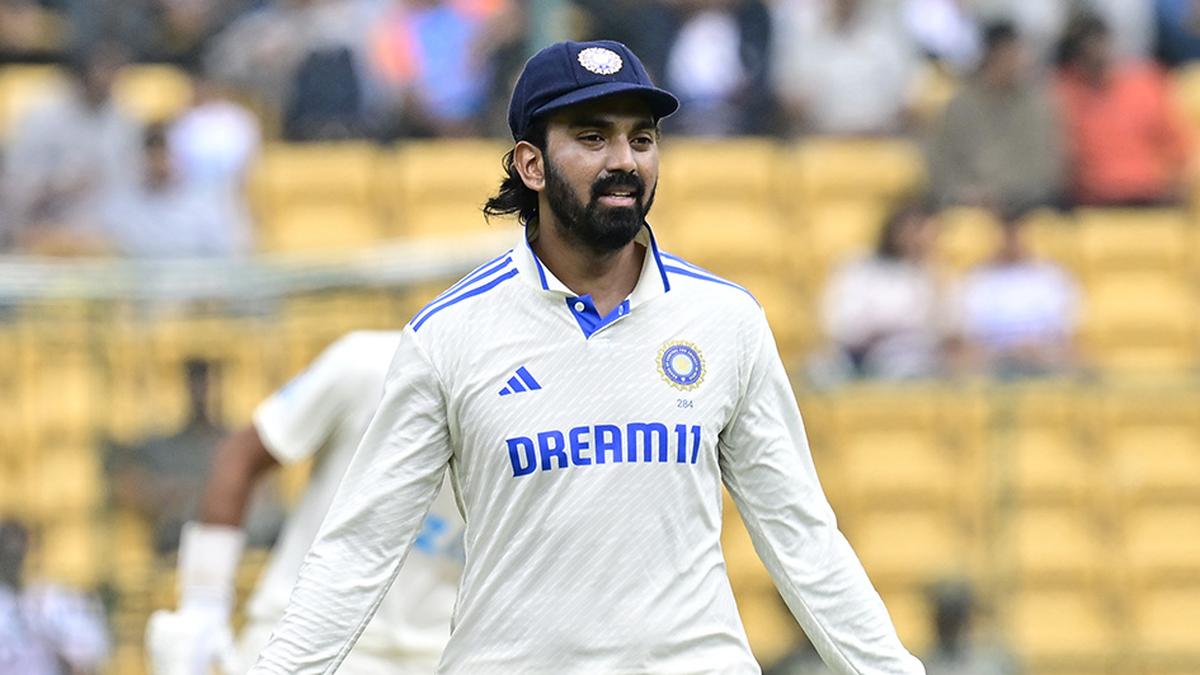India’s batting woes continued in the second Test against New Zealand in Pune, as they were bowled out for a paltry 156 in their first innings, handing the visitors a commanding 103-run lead. This marks the second consecutive home Test where India has conceded a lead of over 100 runs, a feat not seen in 23 years.
The collapse began on Day 1, when India lost captain Rohit Sharma for a duck, leaving them at 16/1 overnight. On Day 2, the top-order showed some promise, with Shubman Gill and Yashasvi Jaiswal taking the score to 50/1. However, Gill’s dismissal triggered a catastrophic collapse, with India losing nine wickets for 106 runs in just over 24 overs.
Mitchell Santner led the charge for New Zealand, claiming career-best figures of 7 for 53. Ravindra Jadeja’s late resistance of 38 off 46 balls was the only notable contribution from the Indian batters.
This latest batting failure follows India’s shocking collapse in the previous Test in Bengaluru, where they were bowled out for 46, their lowest home total. The back-to-back collapses have raised concerns about India’s batting depth and resilience.
The last time India conceded 100-plus leads in back-to-back home Tests was in 2001 against Australia. Despite this unwanted record, India famously came back to win that series, and they will be hoping for a similar resurgence against New Zealand.
However, the task ahead is daunting. New Zealand’s substantial first-innings lead has put India in a difficult position. The hosts will need to bat with much greater determination and resilience in their second innings to stay competitive in the match and series.






